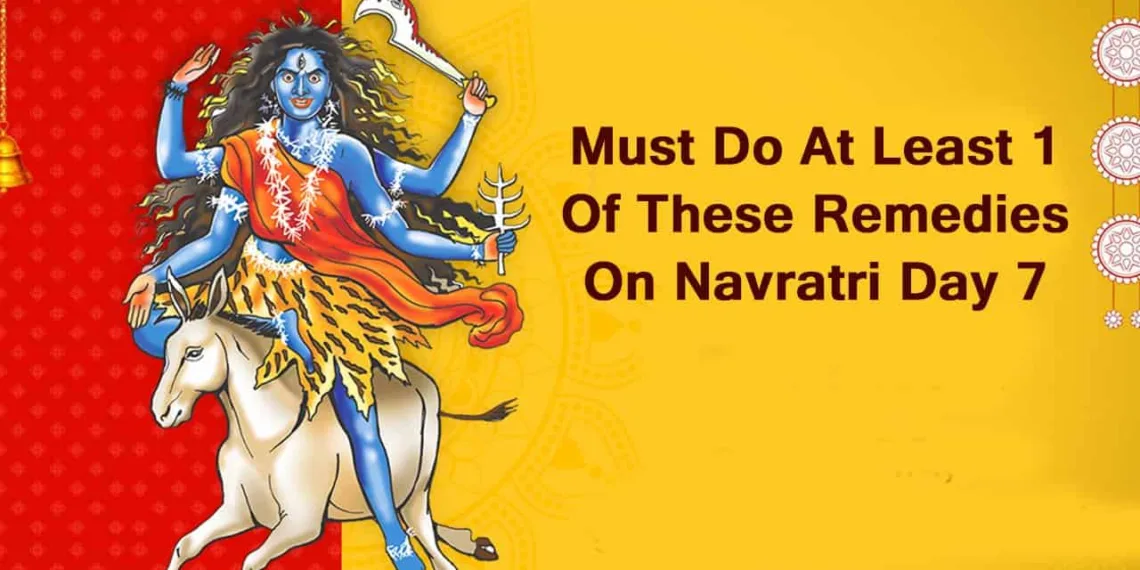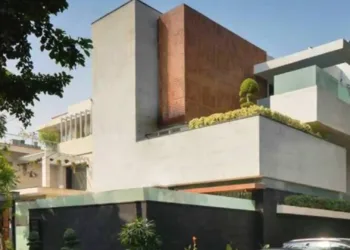Day 7 Navratri Goddess, Maa Kalaratri
The festival of Shardiya Navratri is a significant celebration in Hinduism, where devotees worship Maa Durga and her nine divine forms over nine days. As we reach Day 7 of Navratri, known as Saptami, we honor Maa Kalaratri, one of the fiercest and most powerful incarnations of Goddess Parvati. Here’s all you need to know about her significance, puja rituals, mantras, and auspicious timings.
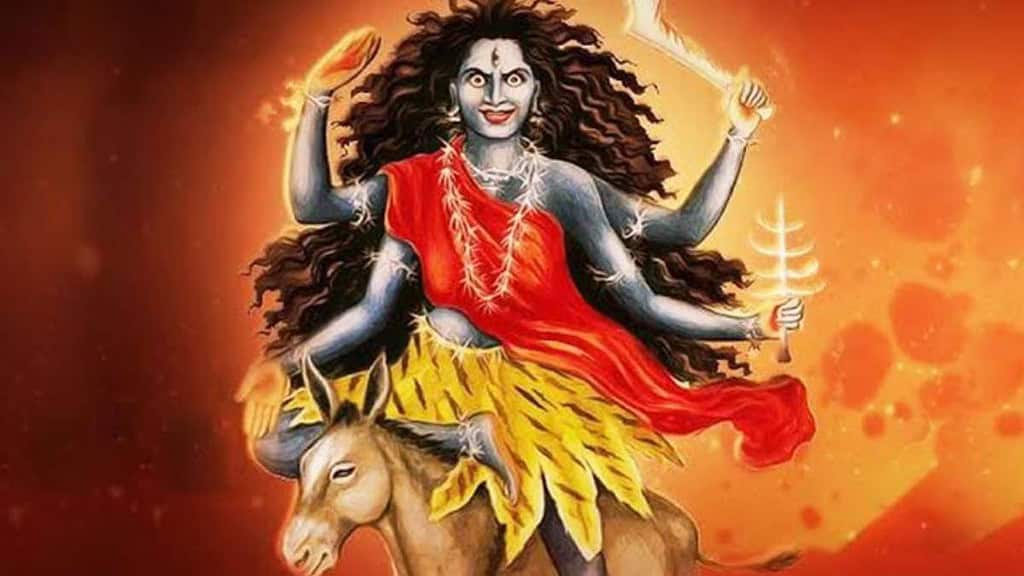
Who is Maa Kalaratri?
Maa Kalaratri, worshipped on the seventh day of Navratri, represents the most fearsome and intense form of Goddess Parvati. Her name, “Kalaratri,” translates to “the one who brings the death of darkness” (Kala meaning death and Ratri meaning night). It is believed that when Maa Parvati shed her golden skin to take on this terrifying form, she aimed to destroy evil forces.
Maa Kalaratri is depicted as having a dark complexion and riding a donkey. She is portrayed with four hands: her right hands are in Abhaya (offering protection) and Varada Mudra (granting blessings), while her left hands hold a sword and an iron hook.
According to legend, Maa Kalaratri was created by Goddess Chandi (another form of Durga) from her forehead to kill the demons Chanda, Munda, and Raktabeej. While Chandi successfully killed most of the demons, she struggled with Raktabeej due to his ability to multiply with every drop of his blood. Maa Kalaratri defeated him by drinking his blood, preventing any more clones from forming, and finally destroying him.
Day 7 Navratri Goddess: Significance of Worshipping Maa Kalaratri
Maa Kalaratri is revered for her power to remove all darkness and negativity from the lives of her devotees. She is also believed to govern the planet Shani (Saturn), and worshipping her helps eliminate the harmful effects of Shani, bringing peace and happiness. Devotees pray to her for protection, courage, and the ability to overcome obstacles.
Her fierce form symbolizes the end of darkness and evil, paving the way for light and positivity. Despite her terrifying appearance, she is known as Goddess Shubhankari, the one who brings good fortune.
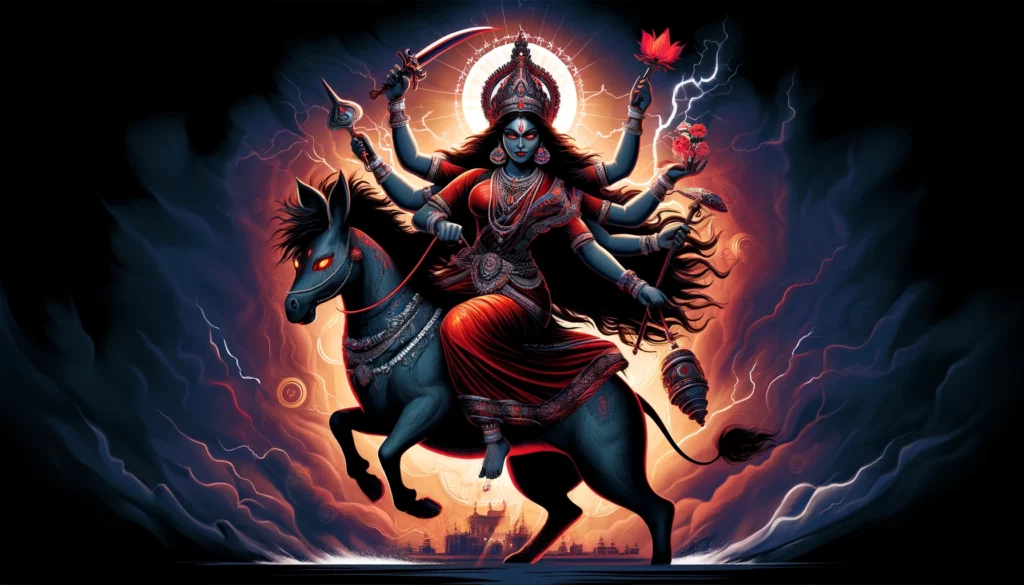
Auspicious Colour and Shubh Muhurat for Day 7
The auspicious color for Saptami is royal blue, symbolizing richness and tranquility. Devotees are encouraged to wear this color during their prayers and rituals.
The shubh muhurat (auspicious timings) for Day 7 according to Drik Panchang are as follows:
- Brahma Muhurat: 4:40 am to 5:29 am
- Vijaya Muhurat: 2:05 pm to 2:51 pm
- Saptami Tithi: Begins at 12:14 pm on October 9 and ends at 12:31 pm on October 10.
Puja Vidhi and Samagri for Maa Kalaratri
To perform the puja for Maa Kalaratri, devotees need the following items (puja samagri):
- Red or royal blue cloth for the idol
- Flowers (especially red hibiscus)
- Incense sticks and camphor
- Coconut, betel leaves, and sweets as offerings
- Lamp or diya for the aarti
Devotees begin the puja by offering flowers, lighting the diya, and chanting the following mantra:
Mantra:
Om Devi Kalaratryai Namah॥
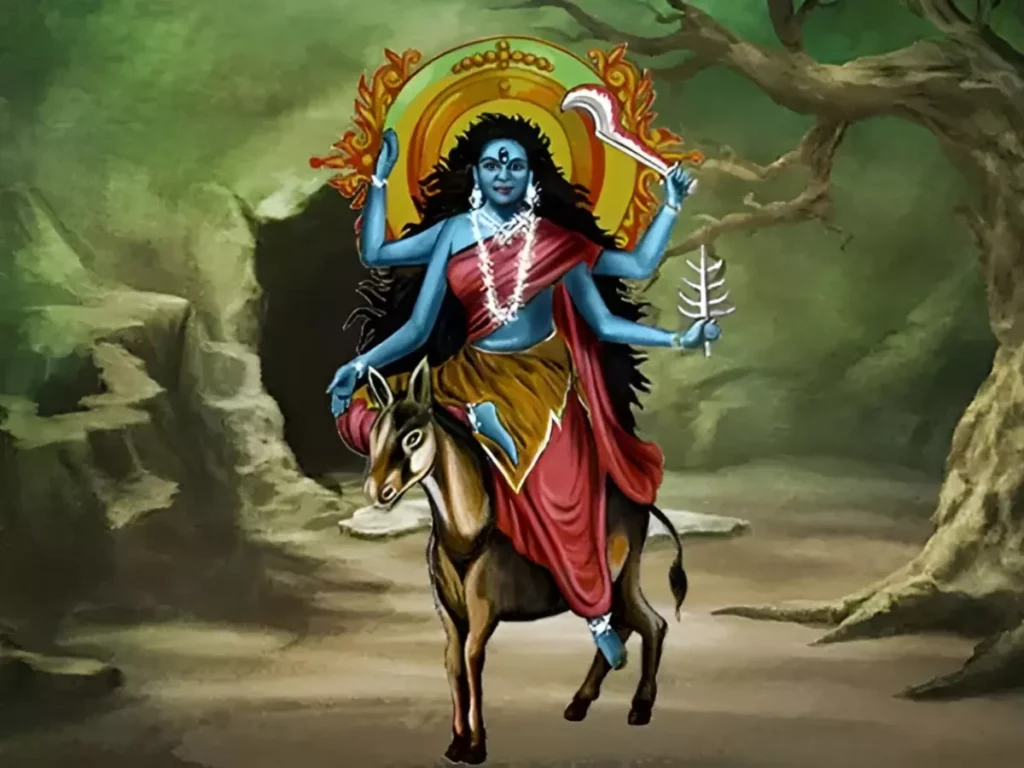
Prayers and Stuti for Maa Kalaratri
Here are some traditional prayers and stutis (hymns) dedicated to Maa Kalaratri:
Stuti:
Ya Devi Sarvabhuteshu Ma Kalaratri Rupena Samsthita
Namastasyai Namastasyai Namastasyai Namo Namah
Prathana (Prayer):
Ekaveni Japakarnapura Nagna Kharasthita
Lamboshthi Karnikakarni Tailabhyakta Sharirini
Vamapadollasalloha Latakantakabhushana
Vardhana Murdhadhwaja Krishna Kalaratrirbhayankari
Devotees chant these mantras and hymns to seek the blessings of Maa Kalaratri, praying for the removal of darkness and negativity from their lives, and invoking her protection and strength.
As Navratri continues, the energy of Maa Kalaratri brings a powerful reminder that light always triumphs over darkness, and with devotion and courage, all obstacles can be overcome.
Read More: 5th Day of Navratri 2024: Celebrating Maa Skandamata
FAQs
Which Goddess we worship for 7th Day?
Maa Kalaratri

